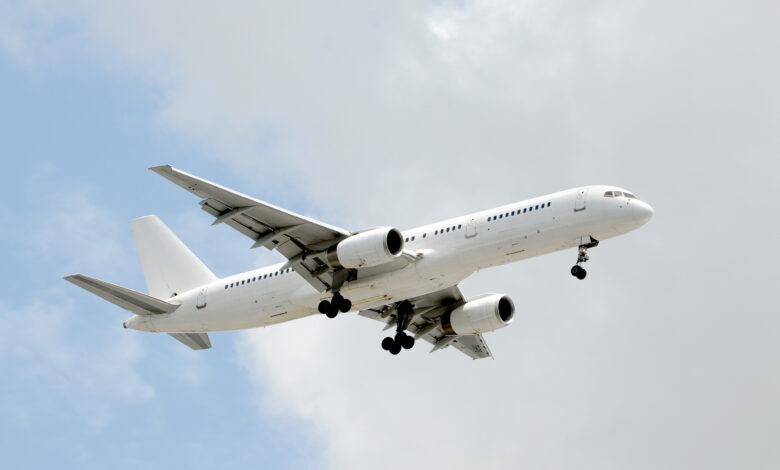Airplanes are painted white for these 5 important reasons

It’s a plane color.
If you’ve ever wondered why airplanes are painted white, there are five key reasons — and not one of them has to do with blending in with clouds.
First, white paint reflects sunlight, keeping the plane interior cooler on boiling hot days when the aircraft is roasting on the tarmac, according to the auto media outlet MotorBiscuit.
Then, there’s the issue of weight — and the light-hued varnish weighs less than dark-colored paint.
Private charter jet company Menkor Aviation told MotorBiscuit that Boeing 737 aircrafts require 240 liters, of paint, while an Airbus A380 needs 3,600 liters, or more than 951 gallons. The more light weight the paint, the better the plane’s fuel efficiency in the air, equalling a lower price tag for operating the vehicles.
The outlet also reported that white paint shows wears and tears more than any other color.
Cracks or corrosion are much easier to spot on lighter varnish, which allows maintenance to notice and fix the issue more quickly.
Not to mention, lighter paint won’t fade as quickly as other hues would when directly exposed to harsh UV rays thousands of miles in the air at cruising altitude. Slower fading negates the need for constant retouches on the plane’s exterior.
Lastly, birds are able to spot planes much easier in the sky when they’re painted white.
While it seems counterintuitive, the stark contrast between the blue sky and the white aircraft makes the plane more visible to birds, which pose a safety risk in the rare event they crash into a plane.
But planes haven’t always been white.
Before the 1970s, many aircrafts flew unpainted, only appearing in the sky as shiny, aluminum capsules. Half a century ago, however, airlines made the switch to white exteriors, with the last of the carriers to hold out being American Airlines, which only transitioned their entire fleet to the all-white finish in 2013.
“Since Air France introduced the first ‘Euro-white’ livery in 1976, the all-white fuselage look has become increasingly standard for the world’s airlines,” Shea Oakley, an aviation historian, told Travel + Leisure. “This has only accelerated in the 21st century, with the vastly increased use of composites in airliner construction.”
The one exception to the unspoken standard was the short-lived Air France Concorde that was painted “Pepsi blue” in 1996 as part of a marketing campaign with the soda company.
The jet, however, only maintained that hue for two weeks, Oakley said, despite the fact that it “looked nice.”




